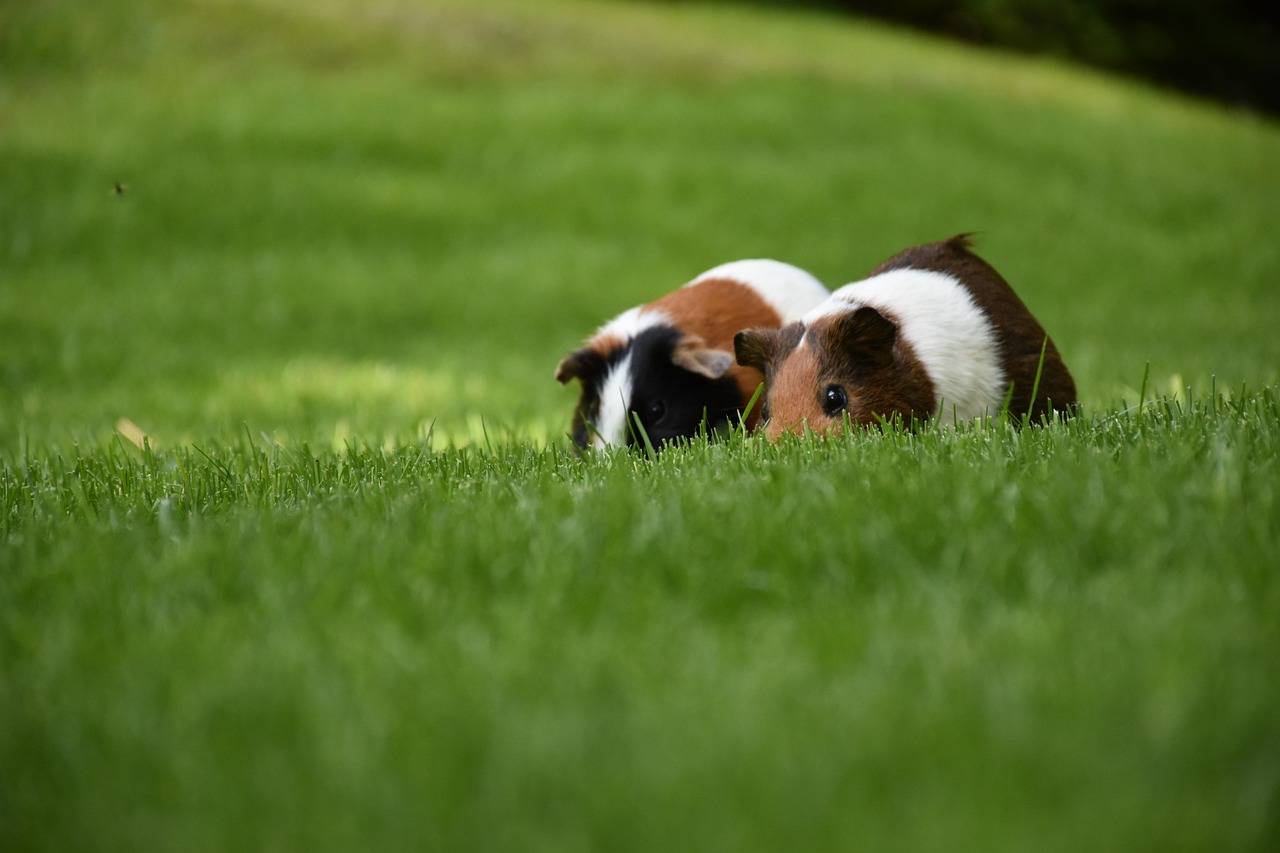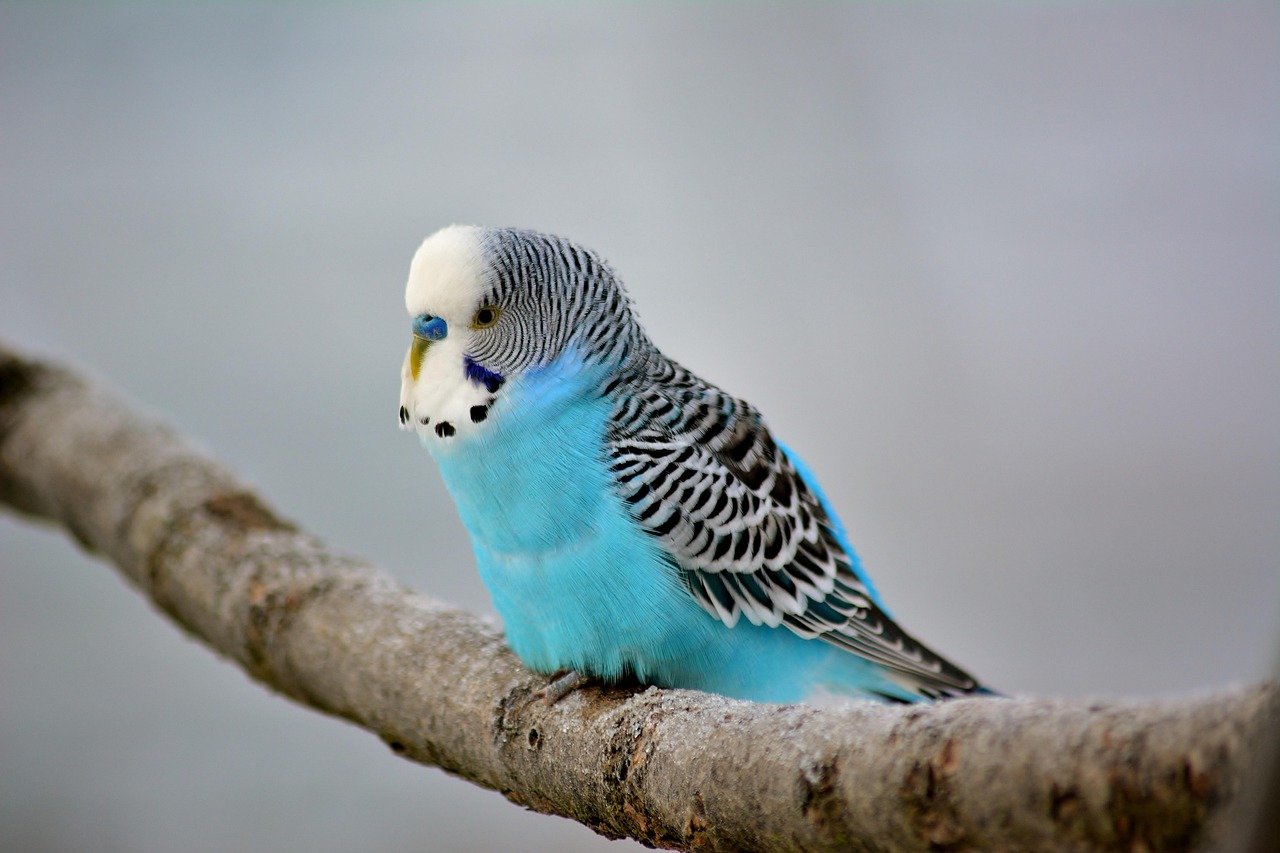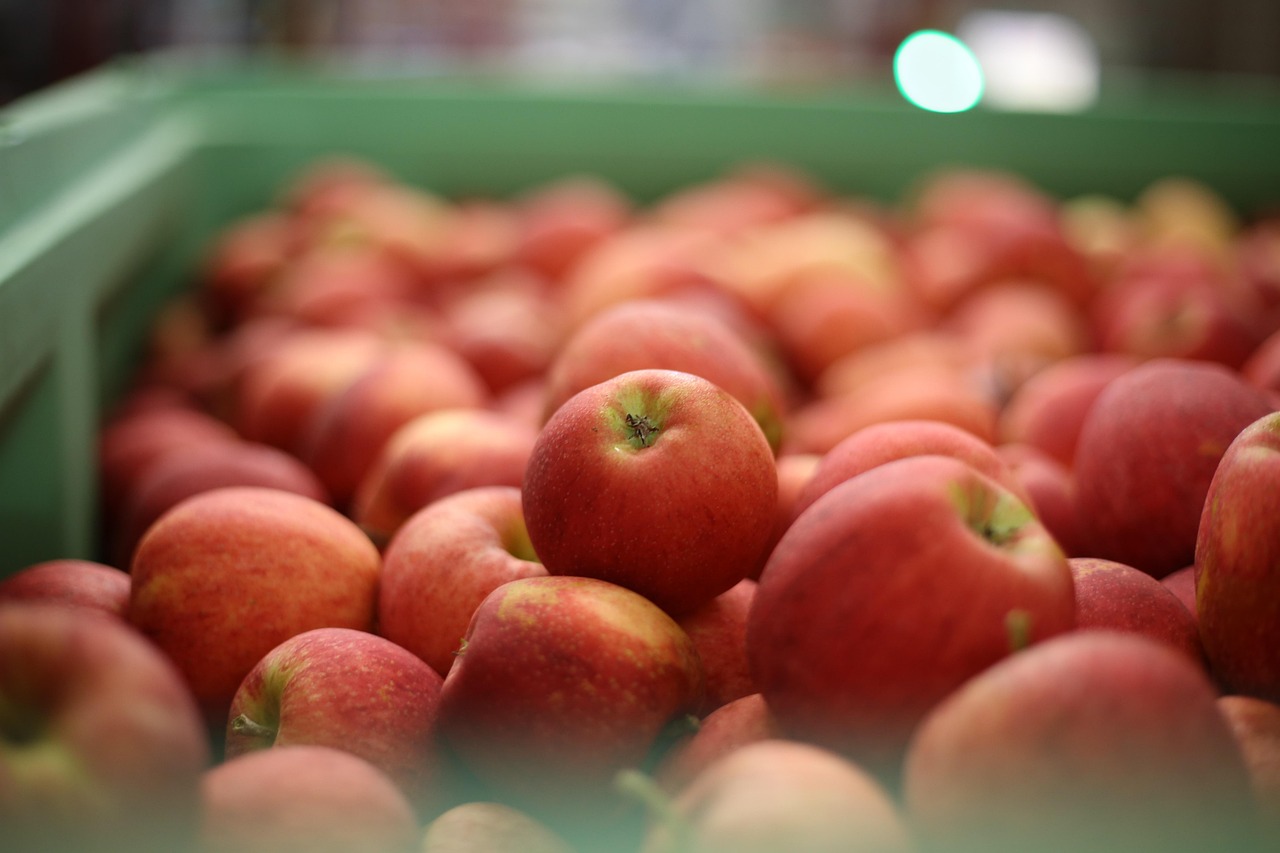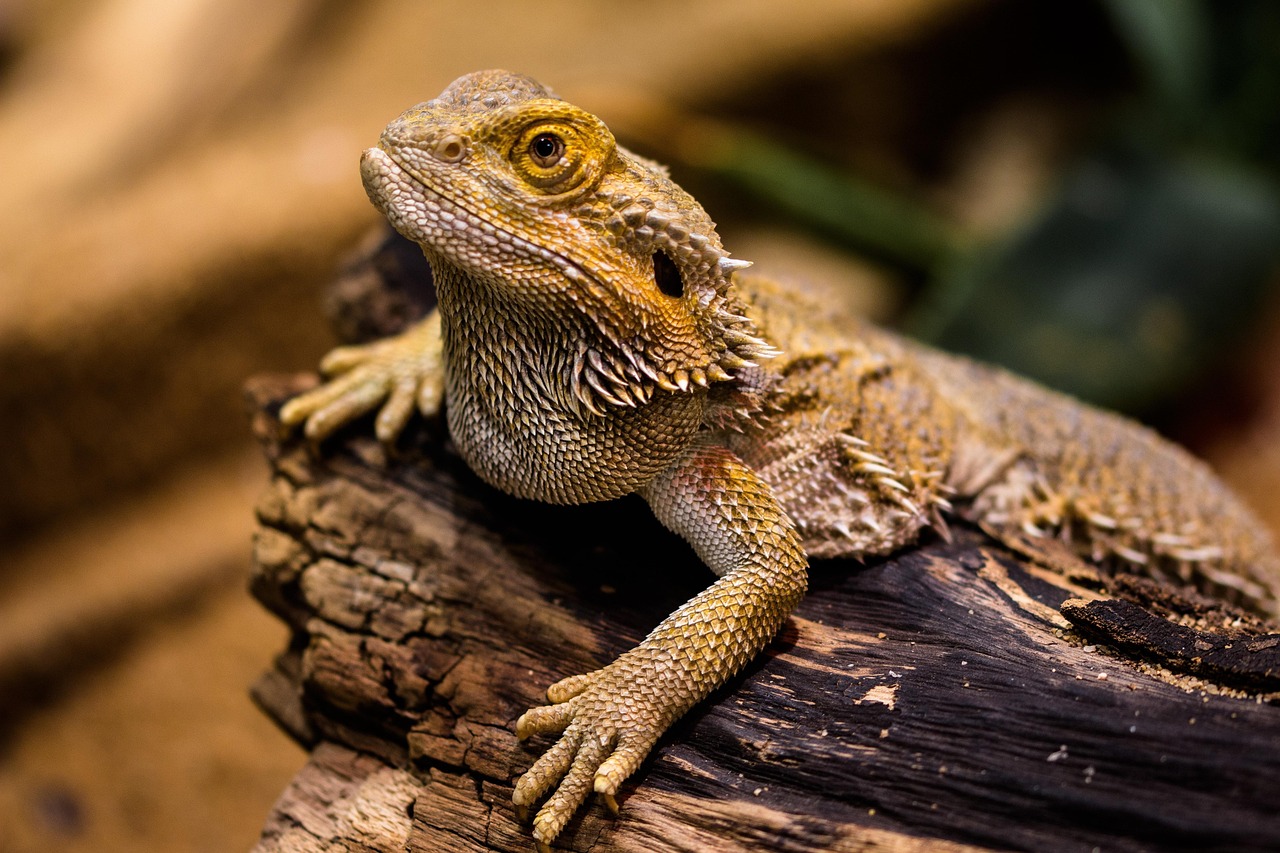When Your Guinea Pig Stops Eating — Act Fast!
A guinea pig refusing food is an urgent issue. Stay calm and act quickly: this guide helps you assess emergency signs, offer safe high value foods, provide hand and syringe feeding, treat dehydration, and know when to see the vet.
What you'll need
Guinea Pig: Quick, Essential Care Guide
Step 1 — Quick assessment: Is this an emergency?
Is it just picky behavior or a red-flag emergency? Spot the clues fast.Check how long your guinea pig has been off food and look for red flags right away. Start by asking: has it been eating within the last 12–24 hours?
Feel the belly gently with your fingertips for bloating — press lightly, don’t prod. Lift the scruff briefly to check hydration; a slow return of skin means dehydration. Watch and note behavior.
Look for these urgent signs:
If you see any of the severe signs above, or it hasn’t eaten for more than 12–24 hours, prepare to act fast and contact an emergency vet. Record behaviors and take a short video (quiet, close-up) to show the vet — it helps them diagnose quickly.
Step 2 — Entice with safe, high-value foods
Try irresistible treats — sometimes the right snack wakes them up.Offer small amounts of high-value, safe foods that guinea pigs usually love. Put fresh Timothy hay where they can reach it at all times. Give a few plain timothy pellets and vitamin C–rich veggies like bell pepper or parsley.
Provide tempting options:
Avoid sugary fruit treats as first-line. Warm a little water and soak pellets or soft greens to make a fragrant, mash-like texture. Present food very close to the nose, on your hand, or in a shallow dish so it’s easy to sniff and nibble. Offer multiple tiny offerings throughout the day instead of one big pile. Try a gentle coaxing example—wave a warm pepper slice near the face; many pigs will investigate the smell. If they nibble, reward and keep offering frequent small portions to rebuild appetite.
Step 3 — Hand-feeding and syringe feeding basics
When hands-on is needed: feed safely without causing stress or aspiration.Make a soft mash: soak high-quality timothy pellets or alfalfa pellets (young pigs only) in warm water until mushy, or use a commercial critical care formula for herbivores (best). Warm the mash to body temperature and strain any large lumps.
Use a syringe (no needle): hold the pig upright with the head slightly elevated. Gently place the syringe tip at the side of the mouth and squirt tiny amounts so the guinea pig can swallow between drops. Stop if you see coughing, choking, or panic.
Follow these safety points:
Practice patience: offer 1–5 ml per shot for small pigs, letting them swallow each time. Seek immediate vet help if breathing changes, prolonged struggling, or inability to swallow.
Step 4 — Treat dehydration and stabilize at home
Dehydration sneaks up — here's quick first aid that helps until the vet.Treat dehydration quickly. Offer fluids via syringe slowly: give small sips of plain water or a lightly diluted unflavored electrolyte (e.g., Pedialyte 50:50 with water). Aim for tiny, calm doses so the pig can swallow between drops.
Check hydration and comfort regularly:
If dehydration looks moderate to severe, the pig won’t take fluids, or you’re unsure, go to the vet for IV/subcutaneous fluids and stabilization.
Step 5 — When to see the vet and what they'll do
Don’t wait — these signs mean a pro should take over now.See a veterinarian experienced with exotics if appetite isn’t back within 12–24 hours, or if you notice dehydration, severe lethargy, rapid weight loss, blocked gut (no droppings), obvious dental overgrowth, or breathing problems.
Expect a focused physical exam and a close dental check. Ask for radiographs (X-rays) if a gut blockage or retained food is suspected.
Expect fluids (subcutaneous or IV) to correct dehydration, plus pain relief and antibiotics if infection is likely. Expect vitamin C injections and the start of force‑feeding with a specialized critical‑care diet (for example, Oxbow Critical Care) if your guinea pig won’t eat on its own. Expect dental trims or extractions if overgrown teeth are the cause.
Bring helpful items to the visit:
Early vet treatment greatly increases the chance of recovery.
Act quickly — your care makes the difference
Prompt, calm assessment and immediate supportive feeding or fluids can save your guinea pig; follow the steps above, watch for red flags, and seek veterinary care without delay if there’s no quick improvement. Try these actions, then share your results.













Short and sweet: this was exactly the step-by-step I needed. Easy to follow, calm tone, practical. Thanks for writing it!
Solid guide. Not gonna lie, I laughed a bit at myself trying to coax a 2 kg rodent with a cucumber slice like it’s a bribe. Worked, though. Syringe feeding looked scarier than it actually was. No vet yet, fingers crossed.
Really clear guide — saved me a frantic Google spiral last night. The quick assessment checklist (Step 1) was exactly what I needed to figure out if it was an emergency or just picky eating. Hand-feeding tips were super practical too.
One thing I’d add: a quick photo of the guinea pig’s poop for reference would help nervous owners know if it’s improving.
Yesss photos would be so useful. When mine stopped eating I couldn’t tell if the poops were ‘bad’ or just small — made me call the vet at 2am 😂.
Thanks Ethan — glad it helped in a panic! Good idea about adding photos for reference; we’ll look into adding a small visuals section for poop/diarrhea vs. normal pellets.
Quick tip: if you’re ever unsure, take a short video of their breathing too. Fast, shallow breaths were a red flag for me.
This hit home. My little Poppy stopped eating after a cold snap and I panicked. Reading through Step 1 helped me realize her breathing was fine but she was dehydrated — followed Step 4 and did gentle syringe fluids and hand-fed her hay mash. She improved within 24 hours.
Some extra context that might help other owners:
1) Keep a small kit ready: oral syringe, small towel, fresh timothy hay, and some critical care formula.
2) Don’t force-feed if pig screams or fights — stop and breathe, then try again slowly.
3) Always warm liquid foods to near body temp; cold stuff is a no-go.
Huge thanks for the simple, practical layout. Every minute matters with these little guys.
So glad Poppy recovered — your kit checklist is brilliant. We’ll add a downloadable ’emergency kit’ checklist to the article.
Agree on warming the food. My pig refused every cold treat once winter hit. Also, sterilize syringes between uses if you’re storing them.
Thanks for the emotional steps — the ‘stop and breathe’ reminder is so real. I panicked and made things worse once.
We’ll include a short troubleshooting flowchart too: if pig resists feeding, when to pause and call vet, etc.
Helpful and concise. My only concern is the ‘stabilize at home’ section — for some readers, that could encourage delaying veterinary care to save money. Maybe emphasize earlier that certain signs (list them) mean immediate vet? I think a short boxed warning would help.
Otherwise good work — clear steps and calm tone.
Good point, Olivia. We do mention emergency signs but we’ll add a highlighted ‘when to seek immediate care’ box and reorder it so those signs are front-and-center. Thanks for the constructive feedback.
Totally agree — sometimes owners try too long at home. A bold warning is necessary. Vet costs suck but delay can cost more (and the pig).
Question: in Step 4 you mention treating dehydration at home. For a ~900g guinea pig, how much fluid can you safely give subcutaneously and how often before needing vet-administered fluids? I didn’t see exact numbers.
Also — loved the syringe prep tips.
Thanks Daniel — good catch. A general conservative starting point often recommended is 30-50 ml/kg subcutaneously, but that varies by condition; for a 0.9 kg pig that’s ~27-45 ml per session. However, please consult your vet for tailored guidance. We’ll add a safety note and example calculations into the guide.
Love the ‘entice with high-value foods’ tip — I’d read like 6 articles saying ‘never give treats’ and then this one actually told me what to try lol. What are top 3 go-to treats you’d recommend for stubborn pigs? Also, is carrot ok daily? Asking for a friend 😂
Red pepper is a lifesaver. My pig prefers it over anything else. But yes, carrots in moderation — try bell pepper more often.
Top 3 commonly effective treats: small pieces of apple (no seeds), red bell pepper, and baby spinach. Carrot is high in sugar — small amounts occasionally, not daily. Balance is key.
This guide is EXACTLY what I needed. I was freaking out when Ginger (my pig) refused hay for two days.
– Step 2: the high-value food ideas actually worked — she licked an apple slice right out of my hand.
– Step 3: I was terrified of syringe feeding but your step-by-step made it feel doable. Practiced on a stuffed toy first 😂
One tiny nitpick: maybe add measurements for syringe feeds (ml per feed based on weight?). Also — THANK YOU for the dehydration tips, gave her sub-Q fluids at home and she perked up.
PS: left a tiny typo on Step 4 heading maybe? But overall 10/10 😊
Adding volumes now — we’ll include conservative starting amounts and a clear note to stop and call the vet if the pig resists or chokes.
Syringe volumes would be amazing. I’m clueless about how much is safe between vet visits.
Aww Ginger 🙂 Good recovery story — hearing these makes me less freaked about trying home stabilization.
Great to hear Ginger is doing better, Maya! We’ll add syringe volume guidance by weight — that’s a super helpful suggestion. And thanks for spotting the typo; we’ll fix it.
Totally agree on practicing on a toy first — saved me from stabbing panic. Also, if anyone’s trying this: warm the food a little, it usually tempts them more.
Thank you for this — so helpful and easy to understand. My pig is on day two of syringe feeds and actually nibbling hay today. Gonna take it slow.
Tiny typo spotted in Step 5 heading maybe — ‘When to see the vet and what they’ll do’ reads perfect but the paragraph below repeats a sentence. Not a big deal though, loved the checklist at the end. 🙏
Thanks Ava — glad the pig is improving! We’ll fix the repeated sentence in Step 5. Appreciate the careful read.
Really useful article. I tried hand-feeding and syringe prepping last night. Two quick questions:
1) For syringe feeding, should the consistency be thin (like water) or thicker (like yogurt) for easier intake? My pig kept sputtering on a thicker mix.
2) Any tips on keeping a wriggly pig calm during a feed? Wrapping in a towel made him panic more.
Appreciate the practical tips in Steps 2 and 3 — saved me a vet trip (so far).
We’ll add recommended consistencies and calming hold options to the guide — thanks for pointing this out.
Also try a quiet room with no other pets. Mine calmed down instantly when the dog was put in another room.
Good questions Marcus. 1) Start with a thin, milkshake-like consistency so it’s easy to swallow; thicker mixes can increase choking risk. 2) For calming: gentle, slow strokes, dim lights, and a second person to gently support rather than wrap tightly. Toweling can help some pigs but not all — try a loose ‘pocket’ rather than a full swaddle.
If wrapping panics them, try holding them against your chest with one hand supporting the hind end. Your scent calms some pigs.
Agree on the consistency — my pig did better with a thin mix. Also feed slowly: small syringes or tiny amounts every few seconds.